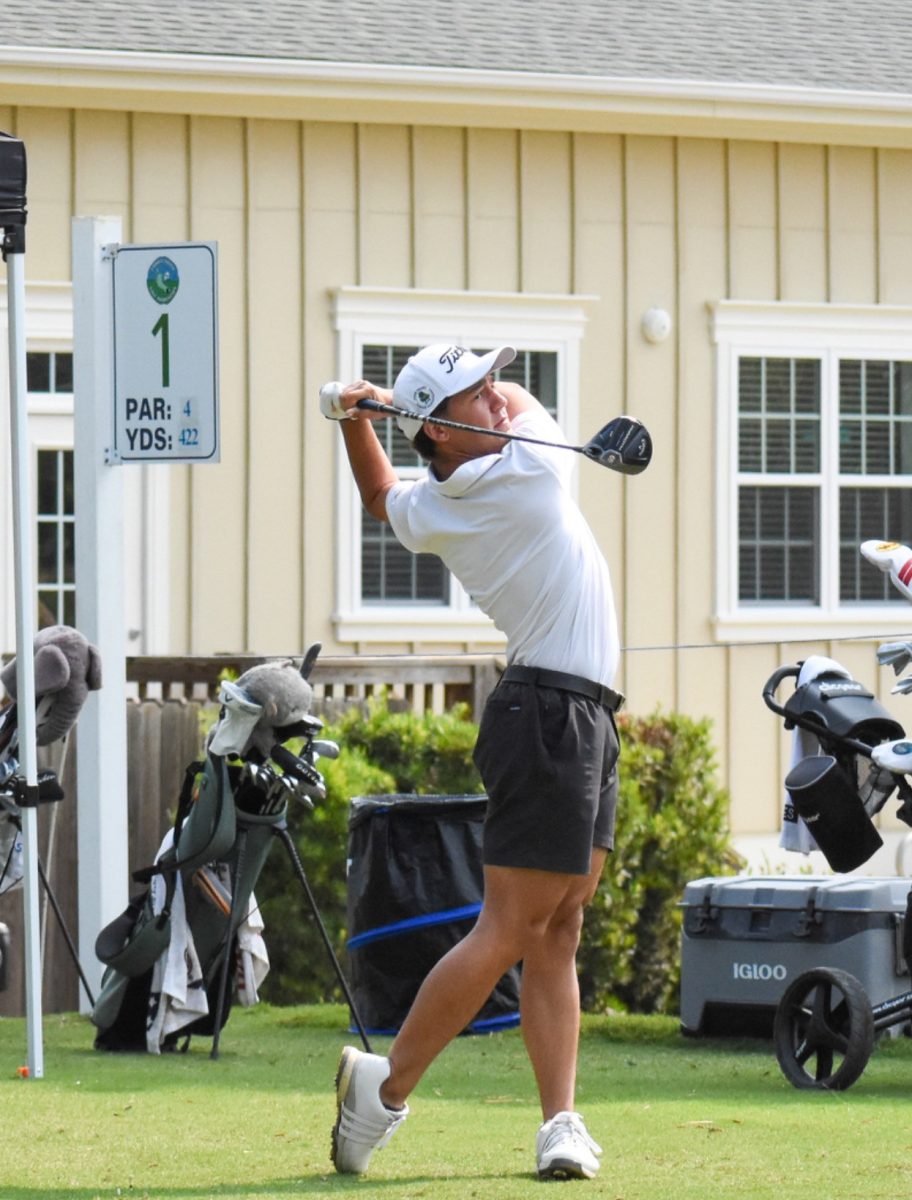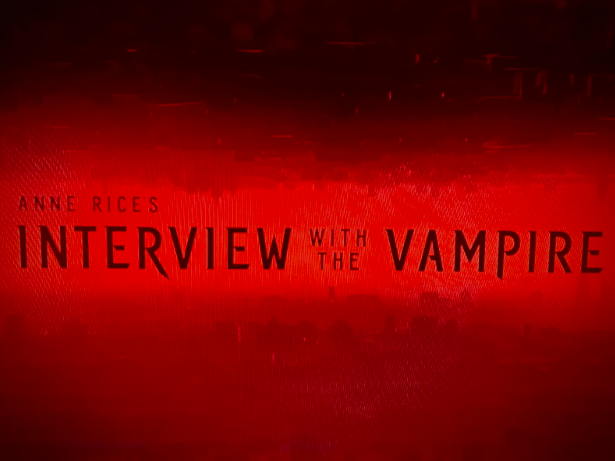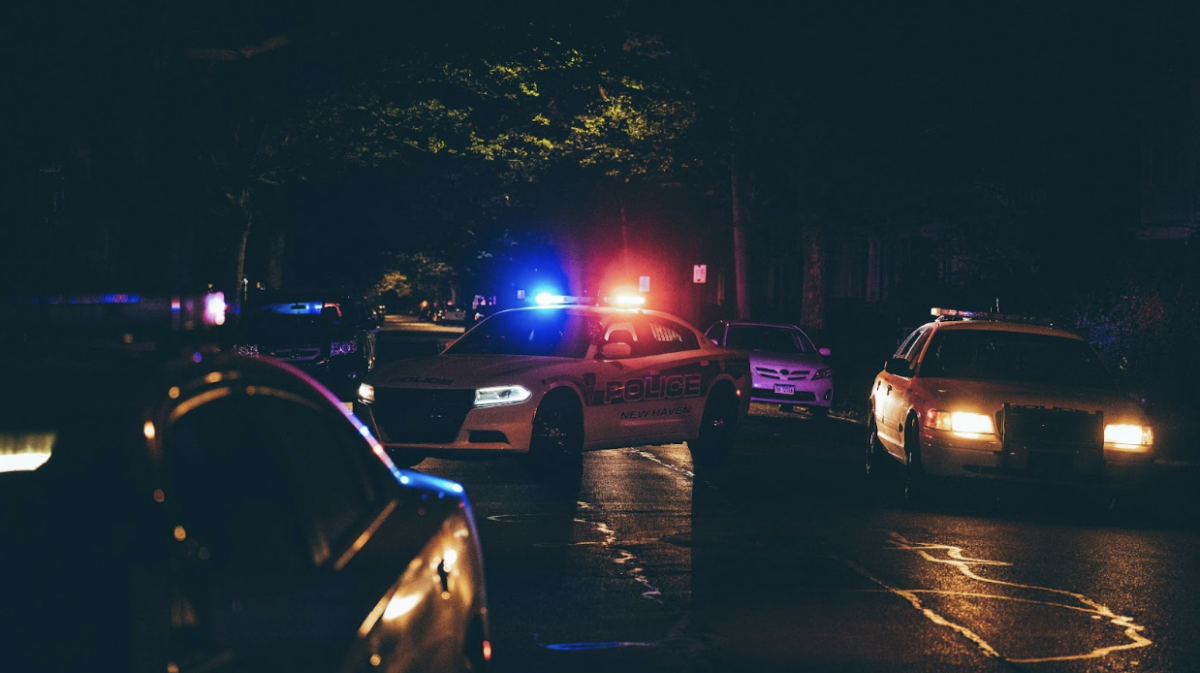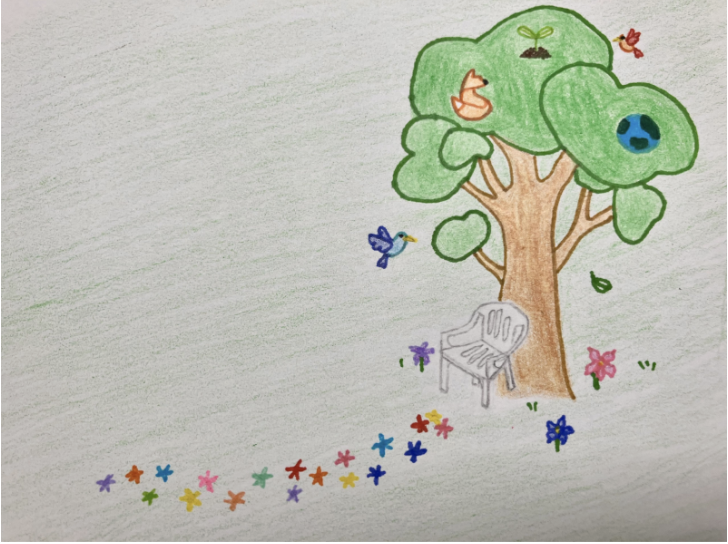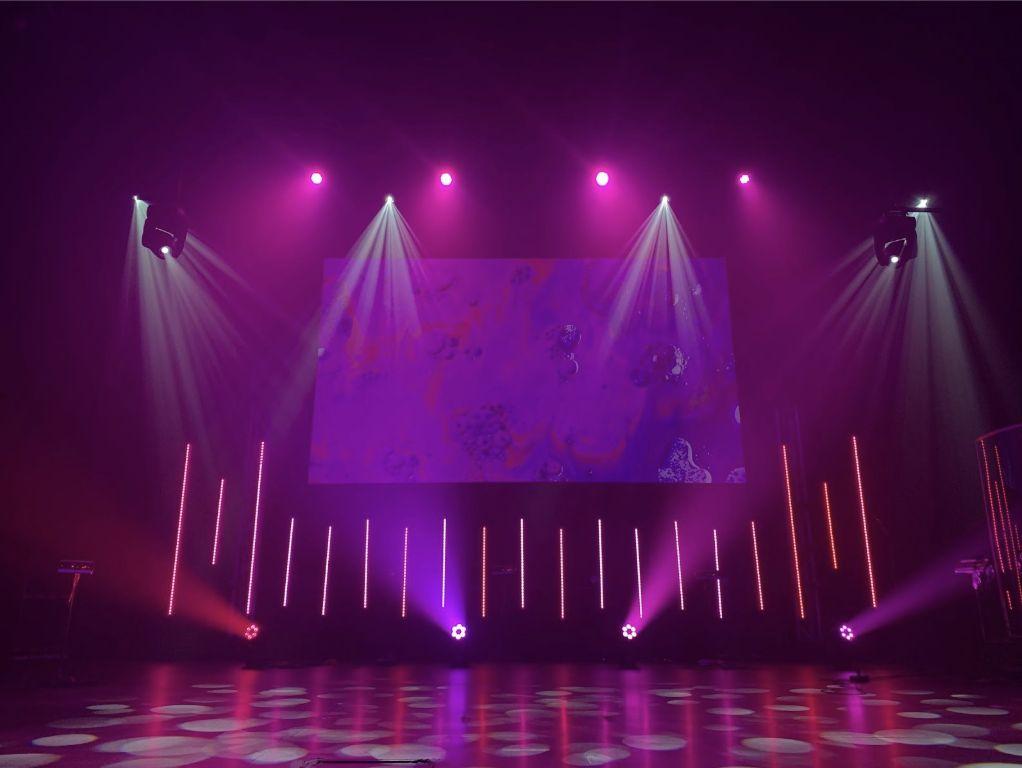The national issue of underage drinking is incredibly prevalent in high schools. Underage drinking leads to serious health, legal, academic and behavioral consequences for students.
According to the North Carolina Department of Public Safety, “A person under the age of 21 caught purchasing, attempting to purchase, or possessing alcohol will be charged with a Class 1 misdemeanor.” [A Class 1 misdemeanor is classified as a more serious crime with a maximum penalty of 120 days in jail and a fine].
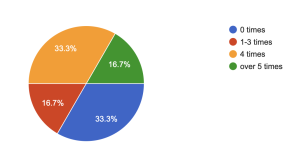
The GH Falcon gave a survey to the school asking about underage drinking and received numerous anonymous responses on the matter. The survey reported that over 30% of Green Hope students started drinking from the ages of 13-15 years old. Over 30% of respondents also reported that they drink alcohol over four times a month, with over 66% of responders claiming they drink to get drunk. Around 16% of people said they have driven under the influence of alcohol, with 50% of students also saying they experienced mind fog and hangovers after drinking alcohol.
The frequency of underage drinking in high schools, as demonstrated through the survey, increases likelihood of cognitive health issues. Teenagers’ brains are still developing, and according to Alcoholthinkagain, “Exposure to alcohol while the brain is still developing can lead to long-term emotional problems and difficulty with learning, planning and memory.”
Oftentimes, short term effects are disregarded by teenagers as long term effects are more educated about frequently. Higher risks of injuries, alcohol poisoning and impaired judgment are commonly known adverse effects of alcohol; however, there are a multitude of various other dangers that are overlooked.
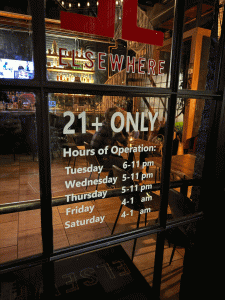
According to the National Library of Medicine, alcohol use with teenagers creates high risks of depression and anxiety. This is because the alcohol itself within the drink damages brain cells leading to behavioral issues with memory and judgements. Alcohol consumption also causes negative changes in a teenager’s hormones, which therefore disrupt their development and puberty.
Copious amounts of drinking also lead to complications such as heart disease, liver disease, cirrhosis [scarring of the liver, which may lead to liver failure], chronic hypertension and reduced cognitive function.
As alcohol impairs a user’s cognition, driving under the influence is a prevalent and massive issue. According to the Centers for Disease Control and Prevention, burnings, drownings, major falls and catastrophic crashes are all associated with drunk driving. Especially since adolescents may not have much experience with driving in general, teenage drunk driving poses a significant danger to teenagers, as well as their friends and family. Drunk driving is a profound issue in the United States, with around 11,000 people dying each year from driving under the influence, with 19% being teenagers.
The legal consequences of underage drinking
On top of the many health and safety issues caused by alcohol use, underaged drinkers may also face many legal repercussions. High school students who make the mistake of driving under the influence can be charged with a DUI. According to Salwin Law Group, a DUI can lead to struggles to get hired in the future and financial strain, and according to Browning and Long Law colleges can reject applications who have a DUI charge even if they meet or exceed the academic standards to get in.
Often, minors will create or purchase fake identification to obtain alcohol or to get into bars and clubs. According to Veriff, around 32% of all college students and around 15% of high school students own fake identification. According to Browning and Long Law, getting caught owning fake identification is a criminal charge and can lead to loss of drivers license, incarceration, fines and community service.
Alcohol is a gateway drug that leads to other, harder substances that put minors in physical and legal danger. Teens who consume alcohol are around 1.5 times more likely to use drugs like marijuana, and marijuana users are around three times more likely to use other illicit drugs. High school students often get peer pressured into smoking weed or using nicotine after or while drinking alcohol, furthering their addictions and putting them in even more dangerous and illegal situations.
Underage drinking leads to serious issues affecting not only the person under the influence, but other people as well. It is important to be aware about the risks such as health issues, legal troubles and the lasting repercussions associated with drinking.




































